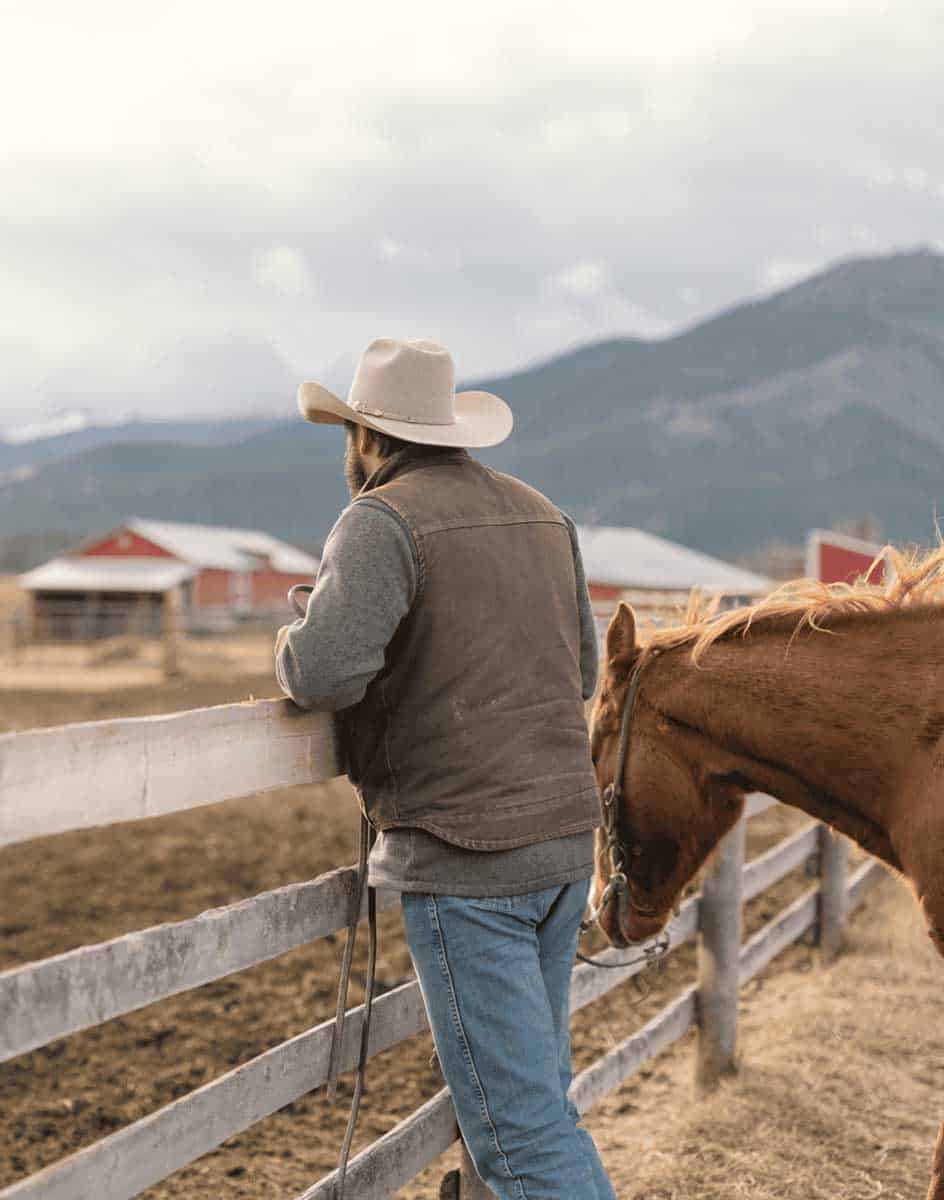financing and advising American agriculture
Comprehensive financing and farm advisory solutions that go beyond traditional rural financing to meet the dynamic needs of farmers and landowners across the U.S.
Services
Flexible financing for when you need it most. Our straightforward, collateral-focused approach to lending allows us to leverage the strengths of your operation and the equity in your land to create a custom solution that evolves with you. Whether you’re looking for fast access to funds or interested in lowering your monthly payment, we can create a unique loan option that meets your short-term or long-term needs.

Using your land as collateral, learn how interest-only farm loans can help reduce loan payments and conserve working capital.
Unlike other farmland financing options, AgAmerica provides long-term capital structures that lower the barrier of entry and support a path to equity ownership for the American farmer. We are bridging the gap between farmers and capital markets - helping keep agricultural land in the hands of those who manage it.
You need a partner who can help you navigate complex financial decisions, seize opportunities, and mitigate risk. A partner who understands the importance of preserving your legacy. AgAmerica has partnered with experts in their field to bring comprehensive finance solutions that meet the needs of farmers in every stage of their journey.
A premier service offering designed to provide our clients with dedicated financial services tailored to their unique financial needs and long-term aspirations.
Ready to get started? Let's talk.
We're here ready to support you. Give us a call at 844.516.8176 to speak with an agricultural financial expert.



